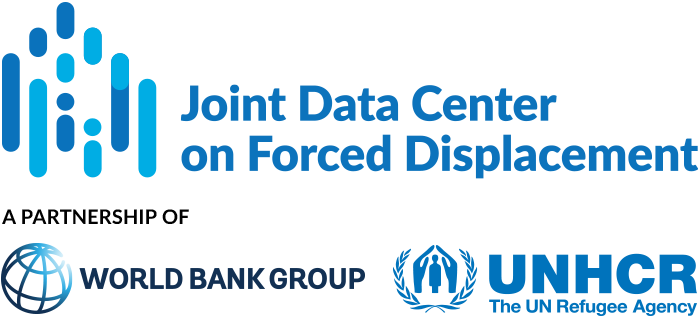This article examines how the COVID-19 pandemic has affected forcibly displaced people in Brazil, by considering their intersectional multiple identities. Intersectionality refers to the multiple, overlapping social identities of an individual (such as gender, social...
JDC Literature Review
Localising public health: Refugee-led organizations as first and last responders in COVID-19
Organizations created and led by refugees themselves (‘refugee-led organizations’, RLOs) play an important role in meeting community needs. In particular, refugee-led social protection (activities designed to reduce poverty, vulnerability, or risk), provided by...
Rapid evidence assessment: what works to protect children on the move
This rapid evidence assessment examines interventions that have been effective in ensuring the protection of children on the move, distilling those factors that improve or hamper effectiveness. The analysis is based on a review of 89 studies of health and education...
Focused psychosocial interventions for children in low-resource humanitarian settings: a systematic review and individual participant data meta-analysis
Randomized studies on the effectiveness of focused psychosocial support interventions for children exposed to traumatic events in humanitarian settings in low-income countries have generated conflicting results. Evaluations of school-based interventions have found...
A systematic review of socio-ecological factors contributing to risk and protection of the mental health of refugee children and adolescents
Child development can be viewed as a dynamic process arising from complex interactions between different levels of the ‘social ecology’ (individual, family, school, community, society). This socio-ecological framework can help conceptualize the stressful experiences...
Mental health of displaced and refugee children resettled in high-income countries: risk and protective factors
This paper examines the individual, family, community, and societal risk and protective factors for mental health in children and adolescents who are forcibly displaced to high-income countries. The systematic review covered 44 studies from high-income countries, with...
Exploring the impacts of COVID-19 on Rohingya adolescents in Cox’s Bazar: A mixed-methods study
There are nearly one million Rohingya refugees living in Cox’s Bazar, Bangladesh, in two registered and 32 unregistered camps, alongside impoverished host communities. This article explores the direct and indirect impacts of COVID-19 containment policies put in place...
The health of internally displaced children in sub-Saharan Africa: a scoping review
This paper examines what is known about the health and health concerns of internally displaced children in sub-Saharan Africa. 25 articles met the inclusion criteria for the scoping review, including 16 quantitative, six qualitative and three mixed methods studies....
Leaving No One Behind: Refugee Inclusion in the World Bank’s Response to COVID-19
This report argues that refugees, who are typically left out of development plans, are at risk of being left out of national COVID-19 response plans funded by donors like the World Bank. The report sets out five key actions the World Bank—and other international...
The impact of coronavirus (COVID-19) on forcibly displaced persons in developing countries
This brief identifies the steps that governments can take to address the consequences of COVID-19 in situations of forced displacement in developing countries with a view to ensuring that no one is left behind. The brief examines the exposure of forcibly displaced...


